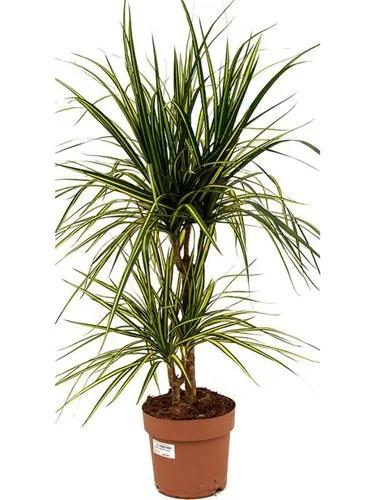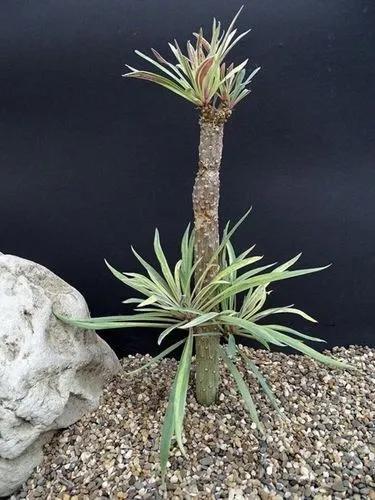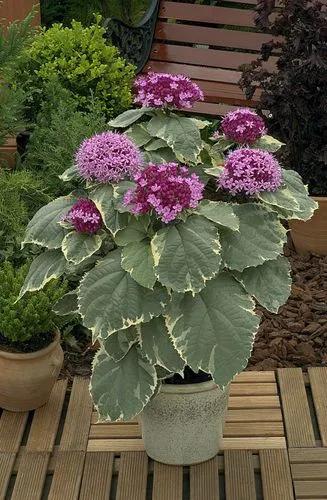Very picturesque long-lived fir with blue needles. It grows slowly, by the age of 10, the height is 3-4 m. An adult tree 15-18 m high and a crown diameter of 4-6 m. The shape of the crown is conical, with strong horizontal asymmetric branches. The needles are blue (only in full light), 2.5-3.5 cm long. The cones are huge, up to 25 cm long, can already be on young plants. The place is sunny or semi-shady. The soil is moist, drained (does not tolerate stagnant water). Needs shading from the south and southeast in February-March from possible damage from the spring sun. Zone 4 (up to -29 ° C). More information at www.podvorje.ru
Red Fir Care
Abies Procera



As a western North American fir, native to the Cascade Range and Coast Range mountains of extreme northwest California and western Oregon and Washington in the United States. It is a high-altitude tree, typically occurring at 300–1,500 m (980–4,920 ft) altitude, only rarely reaching the tree line. A. procera is a large evergreen tree up to 70 m (130–230 ft) tall and 2 m (6.5 ft) in trunk diameter, rarely to 90 m (295 ft) tall and 2.7 m (8.9 ft) in diameter,[4] with a narrow conic crown. The bark on young trees is smooth and gray with resin blisters, becoming red-brown, rough and fissured on old trees. The leaves are needle-like, 1–3.5 cm long, glaucous blue-green above and below with strong stomal bands, and a blunt to notched tip. They are arranged spirally on the shoot, but twisted slightly S-shaped to be upcurved above the shoot. The cones are erect, 11–22 cm (4.3–8.7 in) long, with the purple scales almost completely hidden by the long exserted yellow-green bract scales; ripening brown and disintegrating to release the winged seeds in fall. The specific epithet procera means "tall". A. procera is very closely related to red fir (A. magnifica), which replaces it farther southeast in southernmost Oregon and California, being best distinguished by the leaves having a groove along the midrib on the upper side; red fir does not show this. Red fir also tends to have the leaves less closely packed, with the shoot bark visible between the leaves, whereas the shoot is largely hidden in noble fir. Red fir cones also mostly have shorter bracts, except in A. magnifica var. shastensis; this variety is considered by some botanists to be a hybrid between noble fir and red fir.
How to Care for the Plant

Popularity

94 people already have this plant 11 people have added this plant to their wishlists
Discover more plants with the list below
Popular articles






